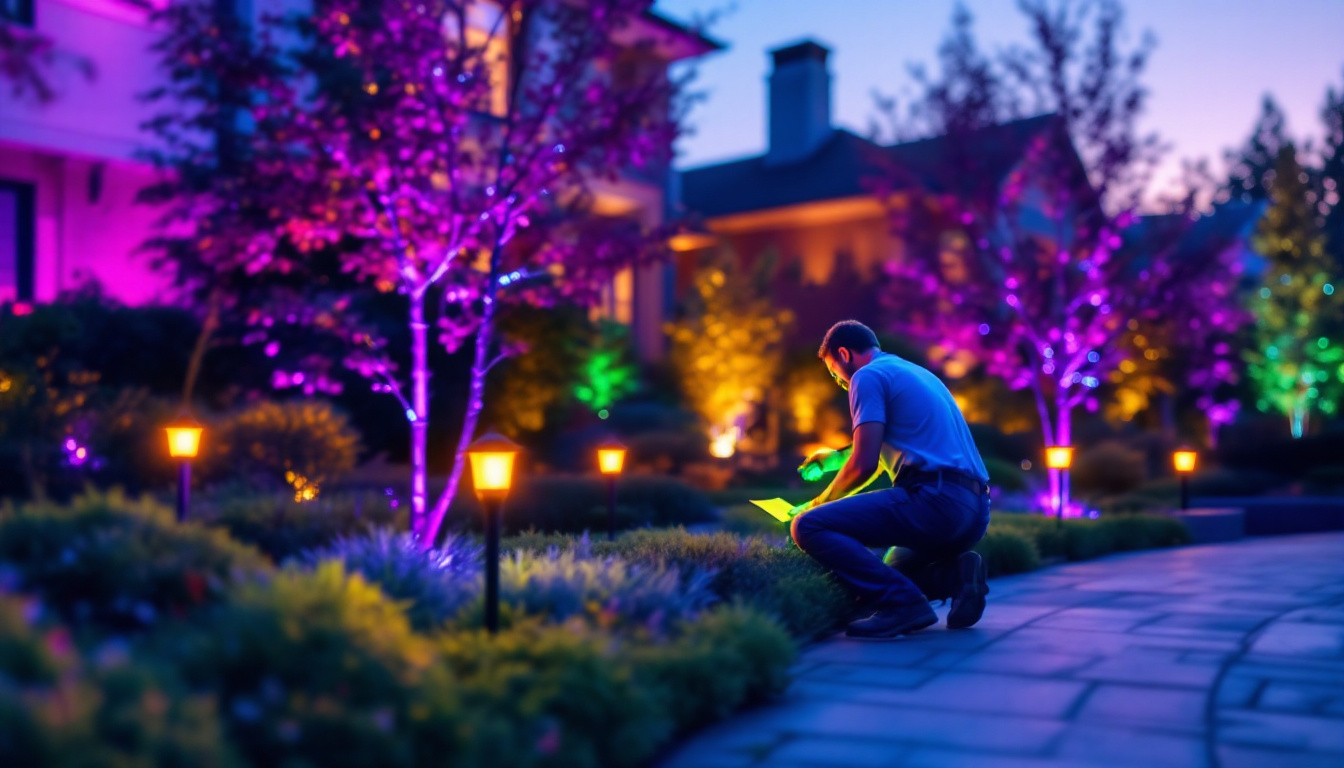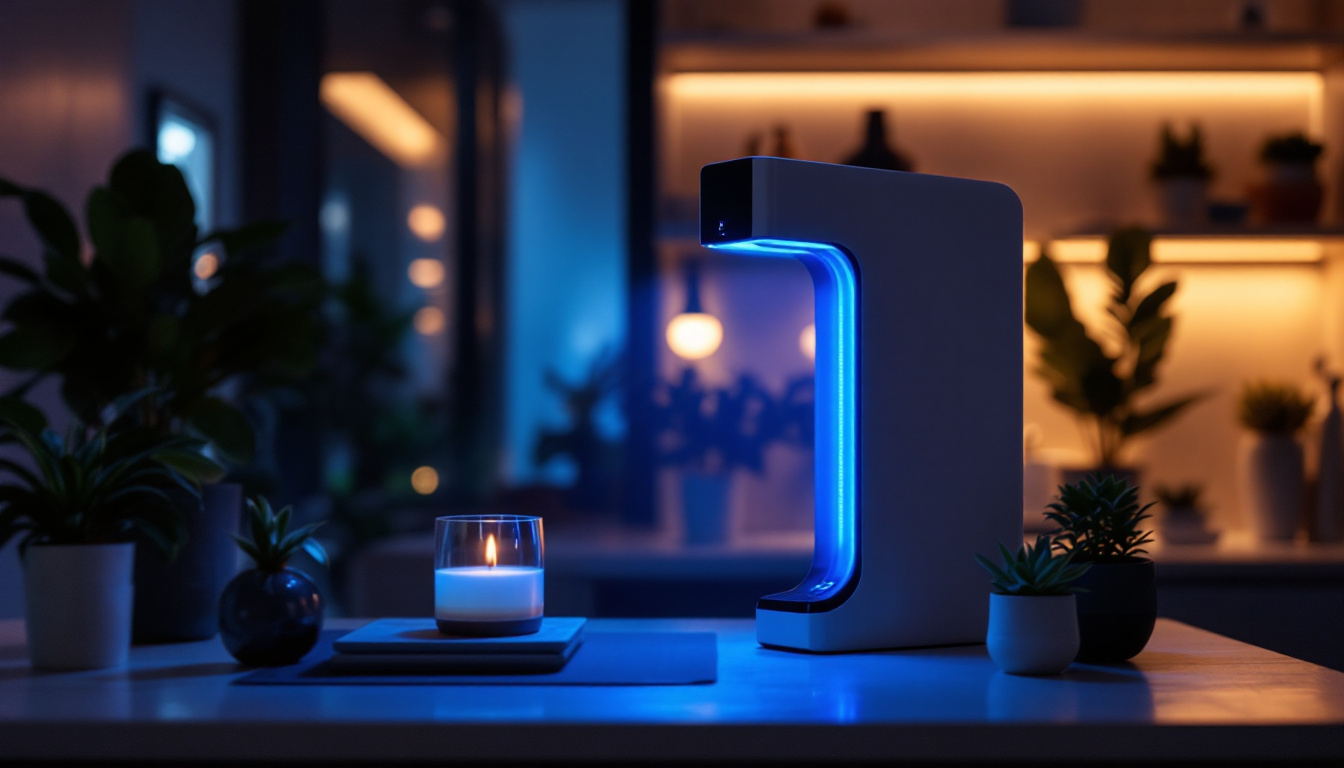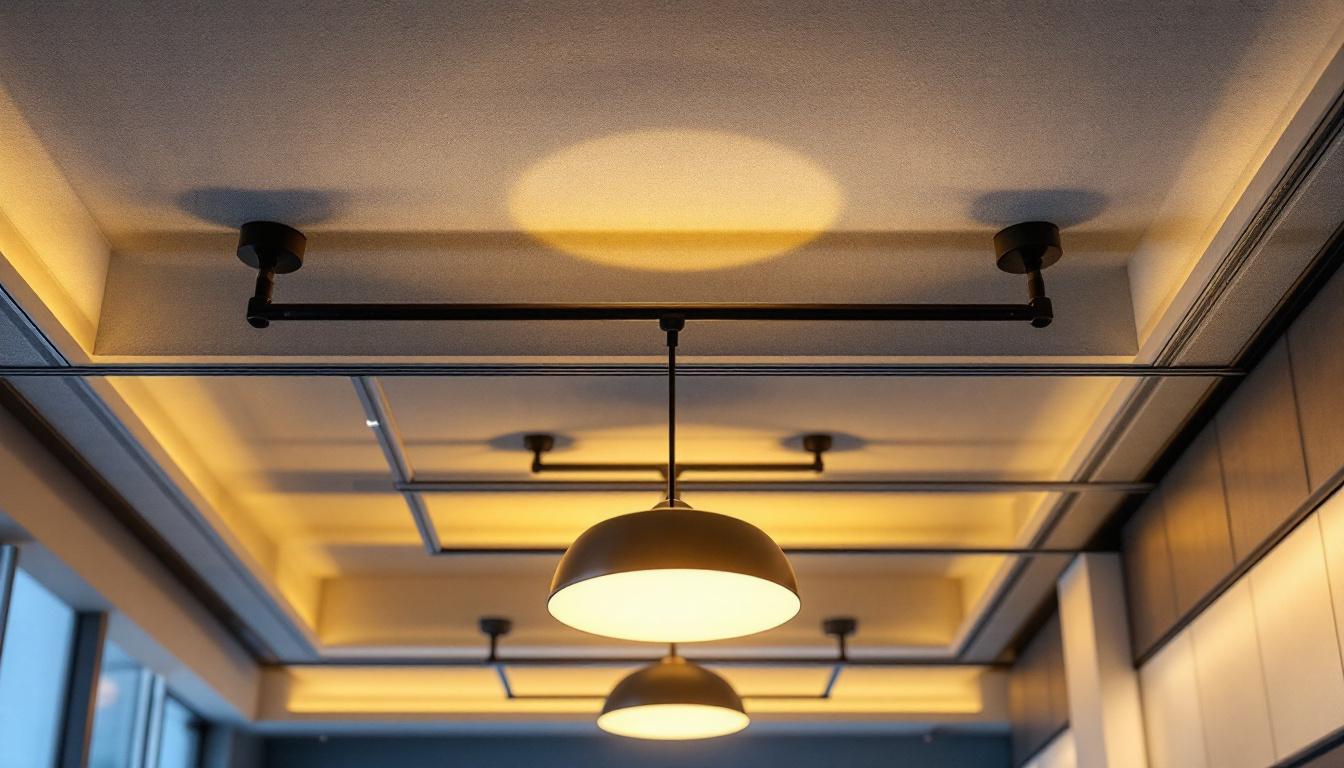
color changing landscape lights have revolutionized outdoor lighting, offering versatility and creativity for lighting contractors. These innovative fixtures allow for dynamic color displays, enhancing the aesthetic appeal of residential and commercial properties. However, with this technology comes the responsibility of proper installation and design. Understanding common pitfalls can help contractors deliver exceptional results and satisfy clients.
As the demand for customizable lighting solutions grows, so does the complexity of installations. This guide aims to highlight critical mistakes to avoid when working with color changing landscape lights, ensuring that contractors can navigate challenges effectively and elevate their service offerings.
One of the most significant advantages of color changing landscape lights is their ability to adapt to various occasions and seasons. For instance, homeowners can set their lights to a warm amber hue for cozy family gatherings or switch to vibrant reds and greens for holiday celebrations. This adaptability not only enhances the ambiance but also allows for personal expression through lighting design. Furthermore, the integration of smart technology enables users to control these lights remotely, offering convenience and customization at their fingertips.
However, the installation of color changing lights requires a keen understanding of electrical systems and landscape design principles. Contractors must consider factors such as light placement, power supply, and the surrounding environment to achieve optimal results. For example, strategically positioning lights to highlight architectural features or landscaping elements can create stunning visual effects. Additionally, understanding the color temperature and intensity of the lights can help in achieving the desired mood and atmosphere, making it crucial for contractors to stay informed about the latest trends and technologies in the field.
Before diving into installation and design, it is essential to understand the different types of color changing lights available on the market. The most common types include RGB (Red, Green, Blue) LEDs, RGBW (which adds a white LED for a more nuanced palette), and tunable white lights that allow for adjustments in color temperature.
Each type has its unique advantages and applications. RGB lights are excellent for creating vibrant displays, while RGBW lights provide a broader range of colors and more natural white light. Tunable white lights are perfect for settings where ambiance and mood are paramount, allowing users to switch from warm to cool tones seamlessly. Additionally, there are also color-changing fixtures that utilize smart technology, enabling users to customize their lighting experiences through mobile apps or voice commands. This level of interactivity can transform a simple lighting setup into a dynamic environment that adapts to various occasions, from lively gatherings to serene evenings.
The control systems used for color changing landscape lights can vary significantly. Some systems are simple remote controls, while others involve sophisticated smart home integrations. Understanding the capabilities and limitations of these systems is crucial for successful installations.
Contractors should familiarize themselves with various control options, including app-based controls, voice activation, and programmable timers. This knowledge not only enhances the installation process but also allows for better customer education on how to utilize the lighting systems effectively. Furthermore, advanced control systems often include features such as scene setting and scheduling, which can automate the lighting to change throughout the day or in response to specific events. For instance, homeowners can program their lights to gradually shift from bright daylight tones in the morning to softer hues in the evening, creating a seamless transition that enhances the overall atmosphere of their space. Understanding these advanced functionalities can significantly elevate the user experience, making color changing lights not just a decorative element but an integral part of home automation and lifestyle.
One of the most significant mistakes contractors make is failing to plan adequately. Proper design is the backbone of any successful lighting project. It involves considering the property’s architecture, landscape features, and the intended use of the space.
Without a comprehensive design, the installation may result in uneven lighting, excessive brightness in some areas, and insufficient illumination in others. It is crucial to create a lighting plan that outlines fixture placement, color schemes, and control options, ensuring a cohesive and harmonious look. Moreover, involving the client in the design process can lead to a more personalized outcome, as their preferences and lifestyle needs can be integrated into the lighting scheme. A well-thought-out design not only enhances the aesthetic appeal but also improves functionality, allowing spaces to be used more effectively during both day and night.
Electrical considerations are paramount when installing color changing landscape lights. Many contractors overlook the importance of ensuring that the existing electrical infrastructure can support the new lighting system. This includes evaluating voltage requirements, circuit load, and the distance between the power source and the fixtures.
Failure to address these factors can lead to flickering lights, reduced lifespan of the fixtures, or even electrical hazards. Conducting a thorough electrical assessment before installation can prevent these issues and ensure a safe and efficient setup. Additionally, it is wise to consider future scalability; installing a system that can accommodate additional fixtures or features later on can save time and resources down the road. Using high-quality wiring and connectors can also enhance the reliability of the installation, reducing the likelihood of maintenance issues in the future.
Outdoor lighting is subject to various environmental conditions that can affect performance. Factors such as humidity, temperature fluctuations, and exposure to the elements can impact the longevity and functionality of color changing lights.
Contractors should select fixtures that are rated for outdoor use and capable of withstanding the local climate. Additionally, considering the placement of lights in relation to potential obstructions, such as trees or buildings, can help mitigate issues like shadowing or light pollution. It is also beneficial to think about the ecological impact of the lighting choices; using energy-efficient LED fixtures not only reduces electricity consumption but also minimizes heat output, which can be crucial for maintaining local wildlife habitats. Furthermore, incorporating smart lighting controls can help adapt the lighting to changing environmental conditions, providing both convenience and energy savings.
Fixture placement is crucial for achieving the desired lighting effect. Positioning lights too close or too far from the intended focal points can lead to disappointing results. Contractors should aim for a balance between visibility and subtlety, ensuring that the lights enhance the landscape without overwhelming it.
Using a combination of uplighting, downlighting, and accent lighting can create depth and dimension in the landscape. Additionally, considering the angle and height of the fixtures can help achieve the best results, especially when illuminating trees, pathways, or architectural features.
Color changing lights offer a wide range of hues, but not all colors will suit every environment. It is advisable to test different color options in the actual installation site before finalizing the design. This allows contractors to see how colors interact with the surrounding landscape and architecture.
Clients often have specific preferences, so providing them with a visual representation of how different colors will look can enhance satisfaction and confidence in the final product. This step is essential in avoiding costly rework and ensuring that the final installation meets the client’s expectations.
Accessibility is a crucial aspect of any lighting installation. Contractors should consider how easy it will be to access fixtures for maintenance and repairs in the future. This includes ensuring that lights are not installed in hard-to-reach areas or where they may be obstructed by landscaping elements.
Planning for maintenance can save time and money in the long run. Providing clients with information on how to care for their lights and schedule regular maintenance checks can also enhance the longevity and performance of the system.
Effective communication with clients is vital to the success of any lighting project. Setting realistic expectations regarding what color changing lights can achieve is essential. Contractors should explain the capabilities and limitations of the technology, ensuring clients understand how to use and maintain their new lighting system.
Providing clients with a clear understanding of the installation process, potential challenges, and expected outcomes can help build trust and satisfaction. This transparency also fosters a collaborative relationship, allowing for adjustments and feedback throughout the project.
Demonstrating how to operate color changing lights can significantly enhance client satisfaction. Many clients may be unfamiliar with the technology, and a hands-on demonstration can alleviate concerns and empower them to make the most of their new system.
Contractors should take the time to walk clients through the control options, color settings, and maintenance procedures. Providing written instructions or video tutorials can also serve as a valuable resource for clients after the installation is complete.
After the installation, following up with clients is an excellent way to ensure their satisfaction and address any concerns. Offering ongoing support can enhance the client’s experience and encourage referrals and repeat business.
Contractors should consider scheduling a follow-up visit or call to check on the client’s satisfaction with the installation. This gesture not only demonstrates commitment to quality service but also opens the door for future projects or upgrades.
Color changing landscape lights present exciting opportunities for lighting contractors to enhance outdoor spaces. However, avoiding common mistakes is essential for successful installations and satisfied clients. By understanding the technology, planning adequately, and maintaining open communication with clients, contractors can deliver exceptional lighting solutions that elevate any landscape.
As the industry continues to evolve, staying informed about the latest trends and technologies will further enhance a contractor’s ability to provide innovative and effective lighting designs. Embracing these practices will not only improve project outcomes but also solidify a contractor’s reputation as a leader in the field.
Ready to take your landscape lighting projects to the next level? LumenWholesale is here to support you with high-quality, spec-grade color changing landscape lights at unbeatable wholesale prices. Say goodbye to local distributor markups and hello to a vast selection of reliable lighting that meets the highest industry standards. With free shipping on bulk orders, you can stock up on superior lighting solutions without worrying about hidden fees. Elevate your lighting installations with the perfect blend of quality, affordability, and convenience. Wholesale Lighting at the Best Value is just a click away. Start transforming outdoor spaces with LumenWholesale today!

Discover how UV light sanitizers are revolutionizing lighting projects by enhancing hygiene and safety.

Discover top best practices for contemporary suspended ceilings in lighting projects. Enhance design, safety, and efficiency—boost your expertise today!.

Discover essential insights into light fixtures that every lighting contractor should know.

Discover expert insights into outdoor lighting solar panels with our comprehensive guide tailored for lighting contractors.